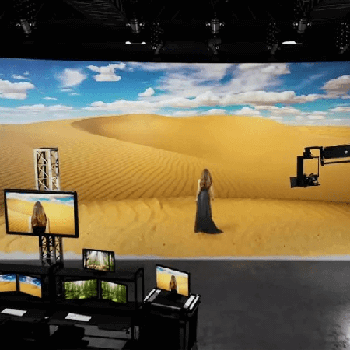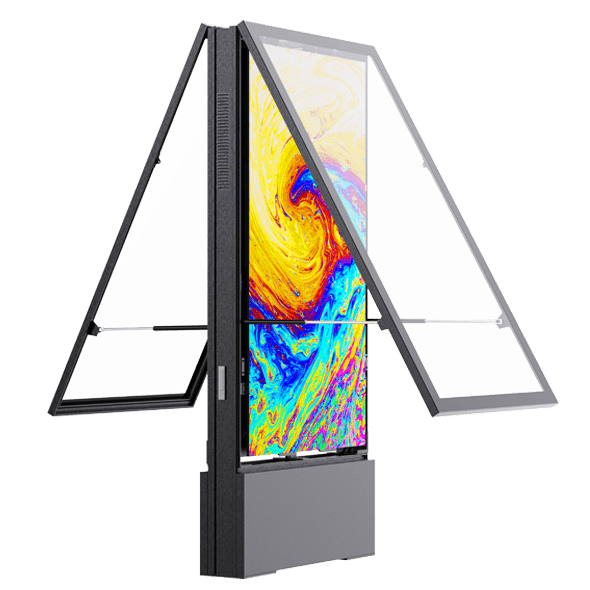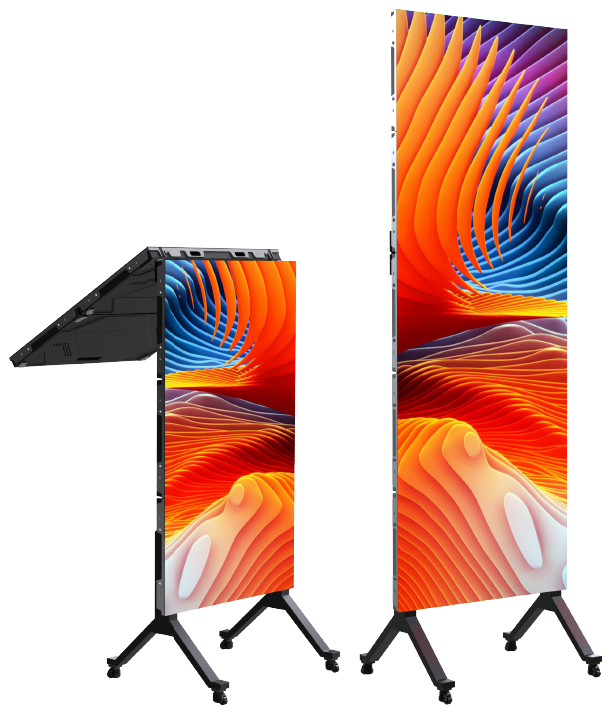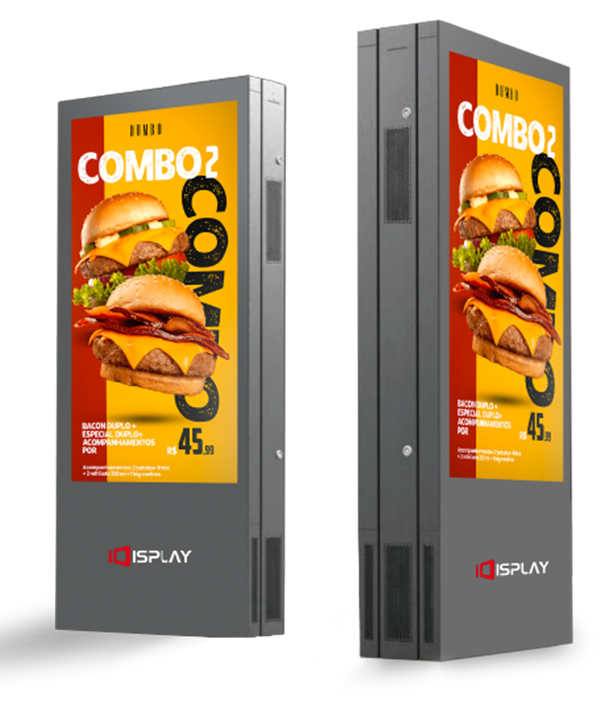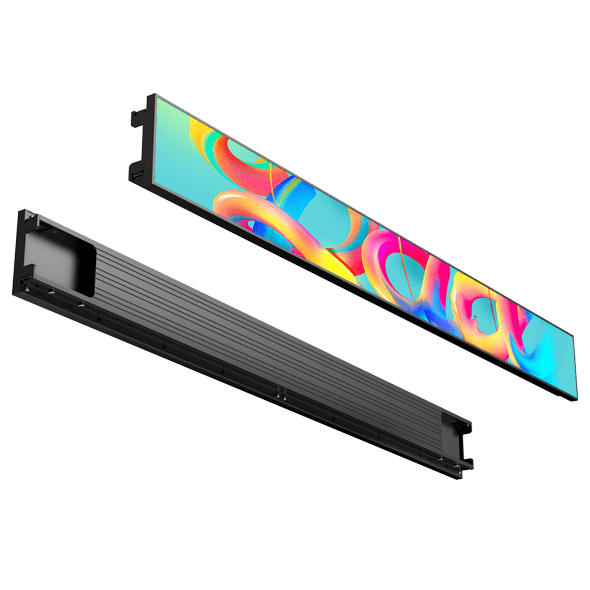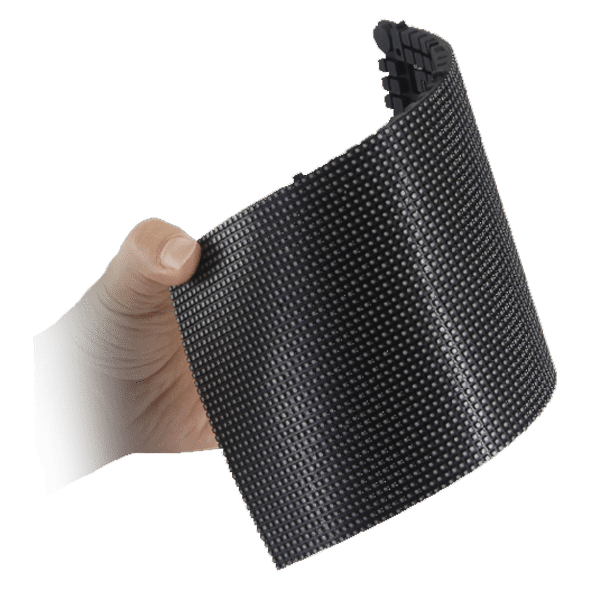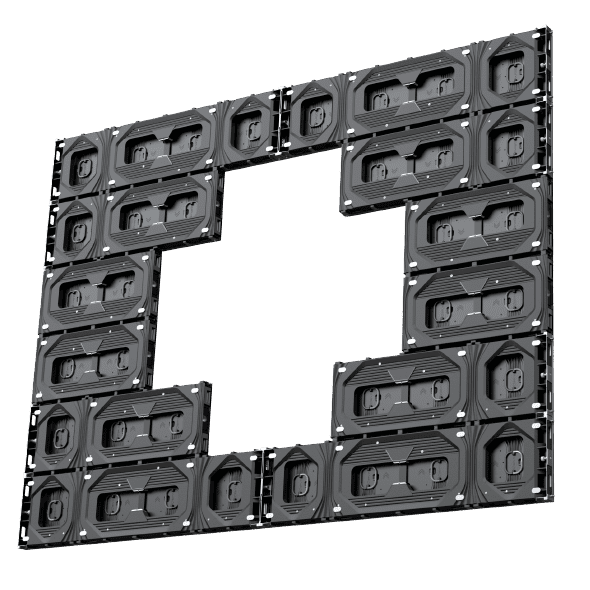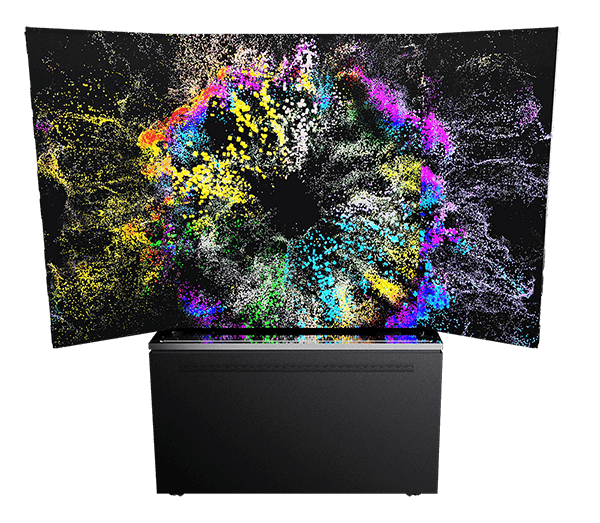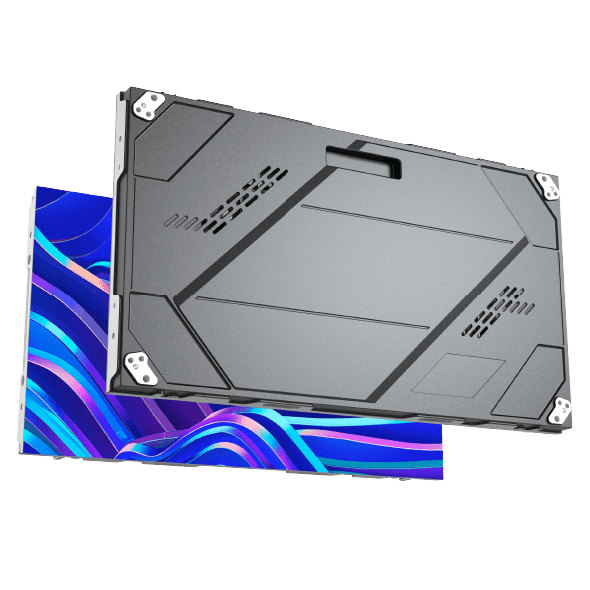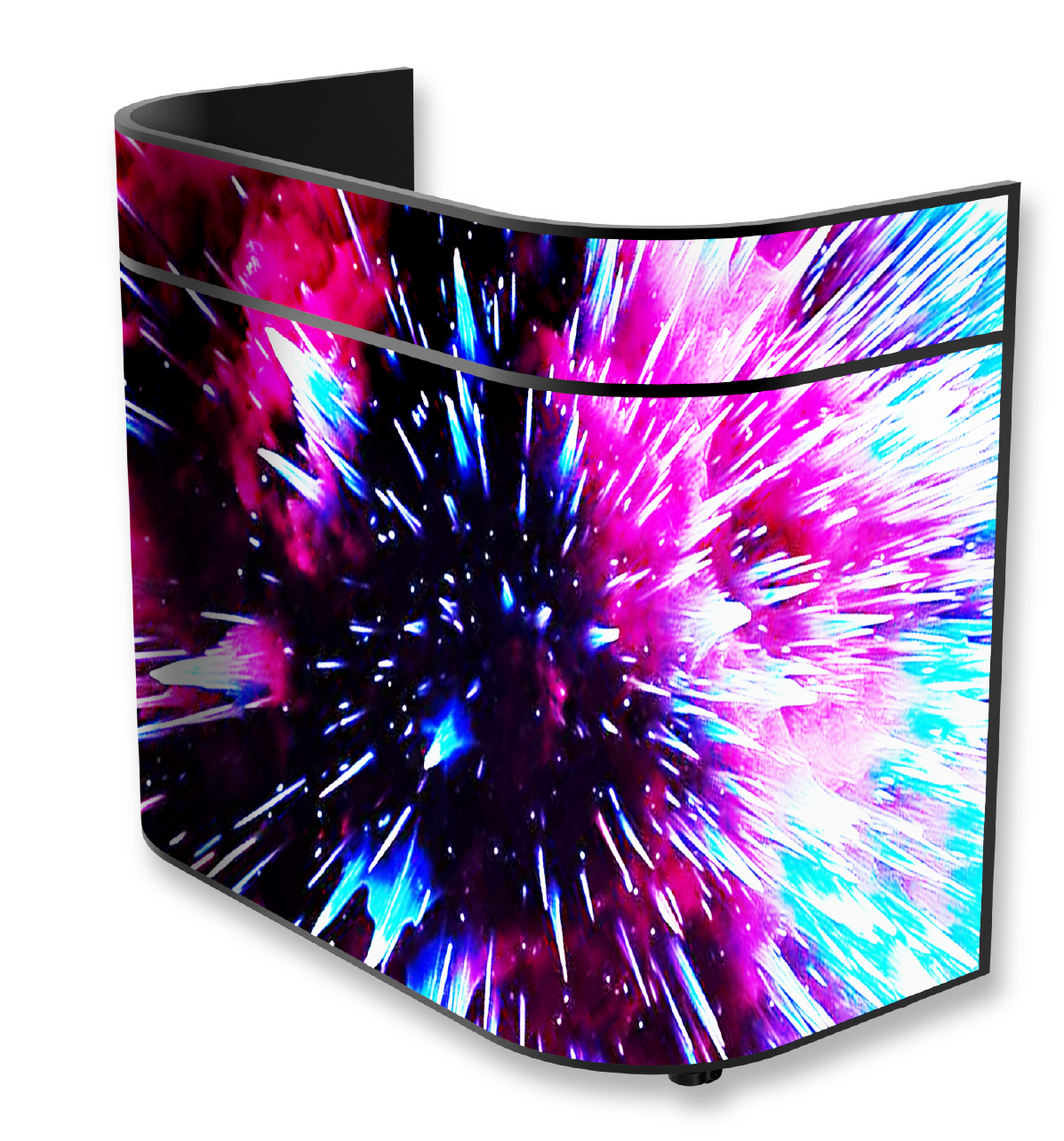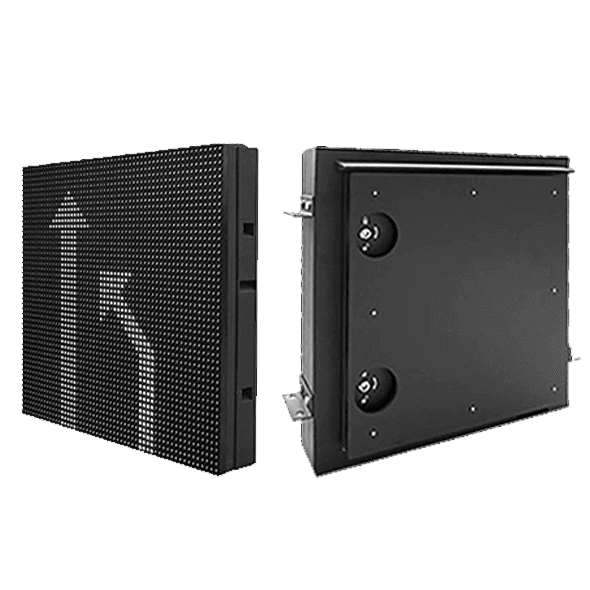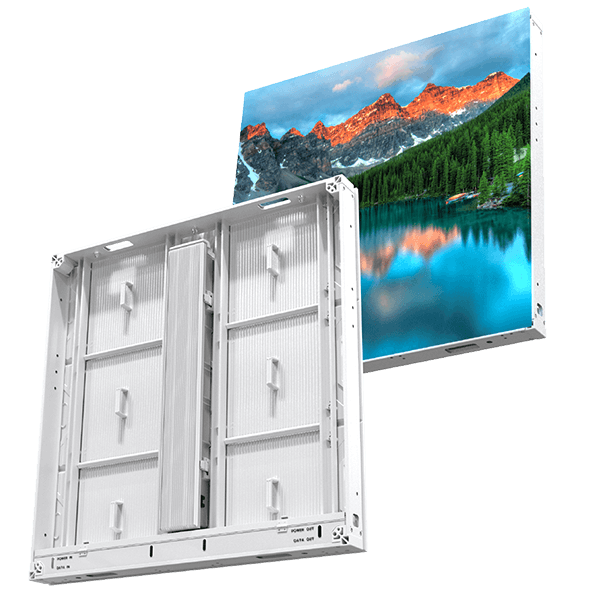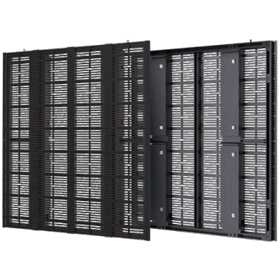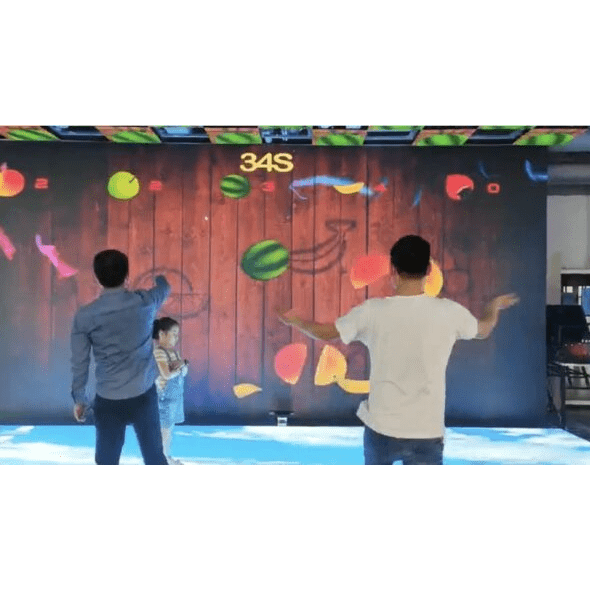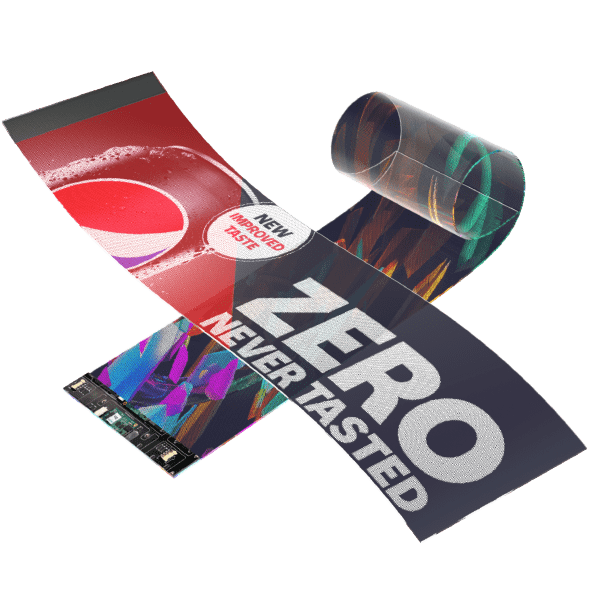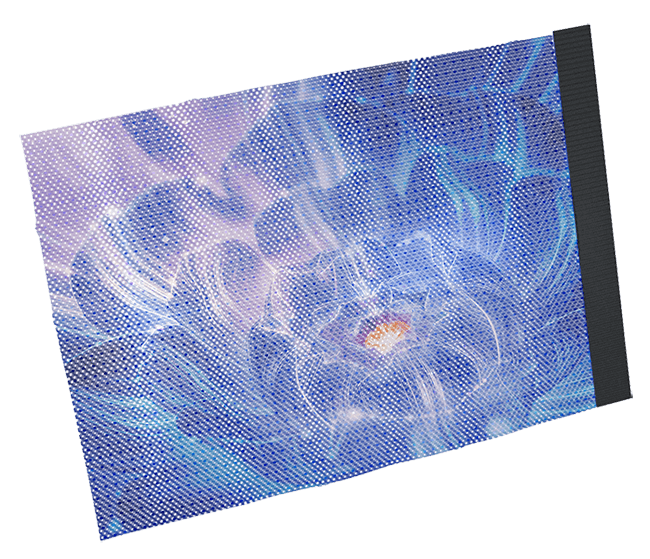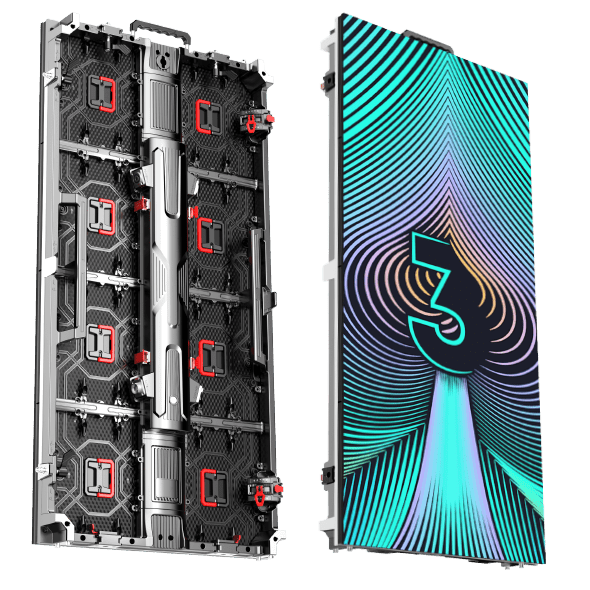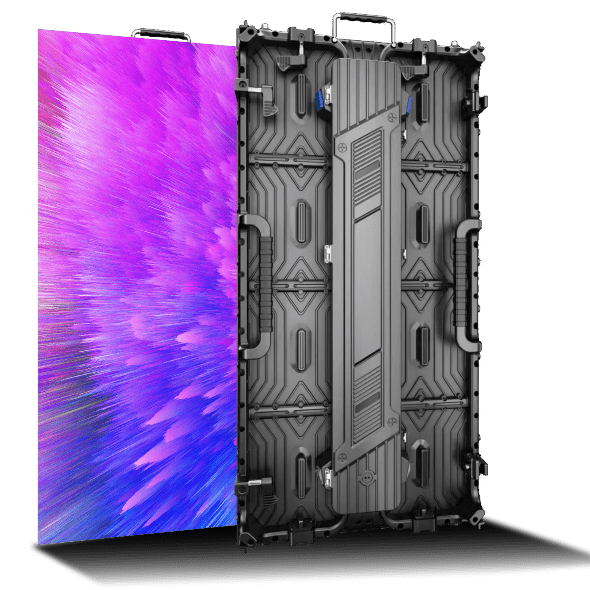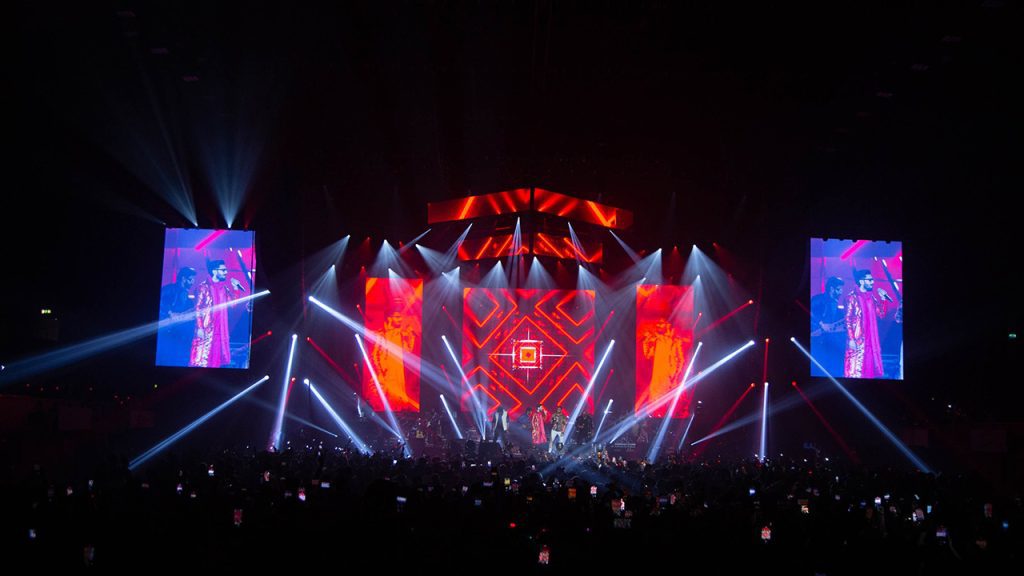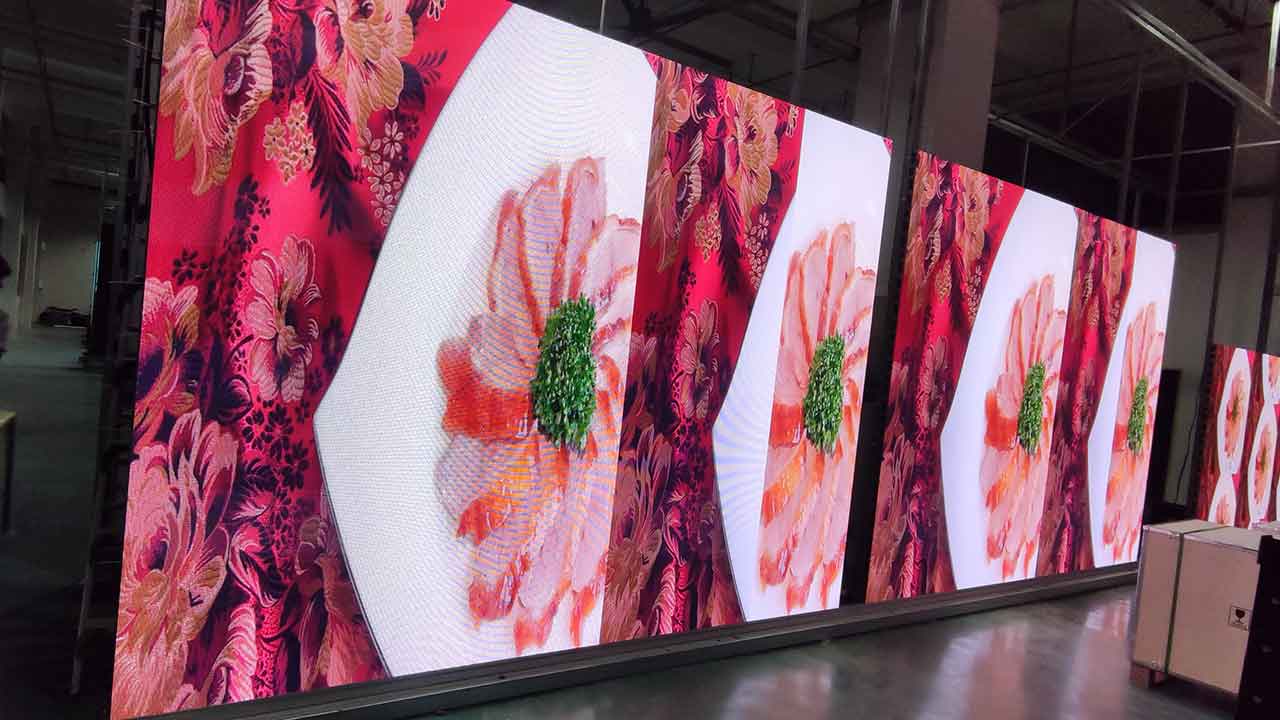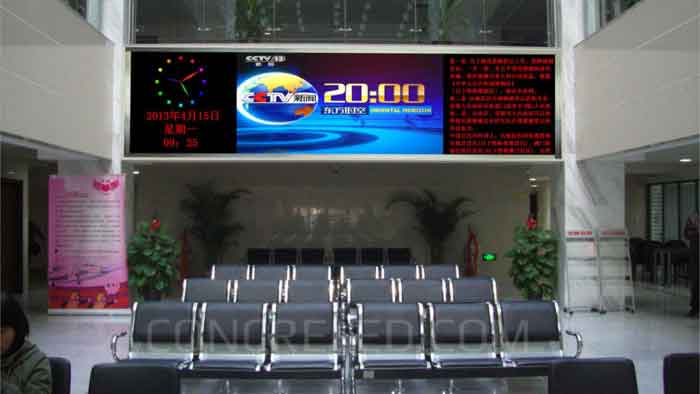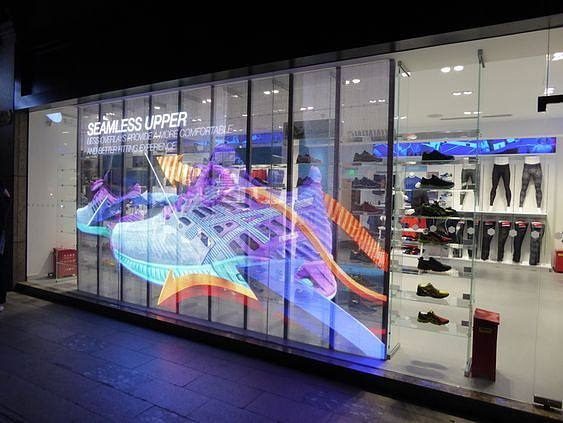
In the realm of cutting-edge display technology, the Flexible Transparent LED Display stands out as a marvel that seamlessly blends innovation with aesthetics. This guide aims to unravel the mysteries behind this captivating technology, delving into its definition, functionality, key features, considerations in choosing one, and diverse application scenarios that make it a game-changer in the world of visual communication.
What Is A Flexible Transparent LED Display
In contrast to conventional LED displays, which are rigid and limited in their possible applications, the flexibility of these displays opens up a wide range of possibilities. Whether curved around columns, integrated into curved surfaces or wrapped around unconventional shapes, the flexible transparent LED display offers a level of versatility that transforms spaces into dynamic and engaging environments.
How Does A Flexible Transparent LED Display Work
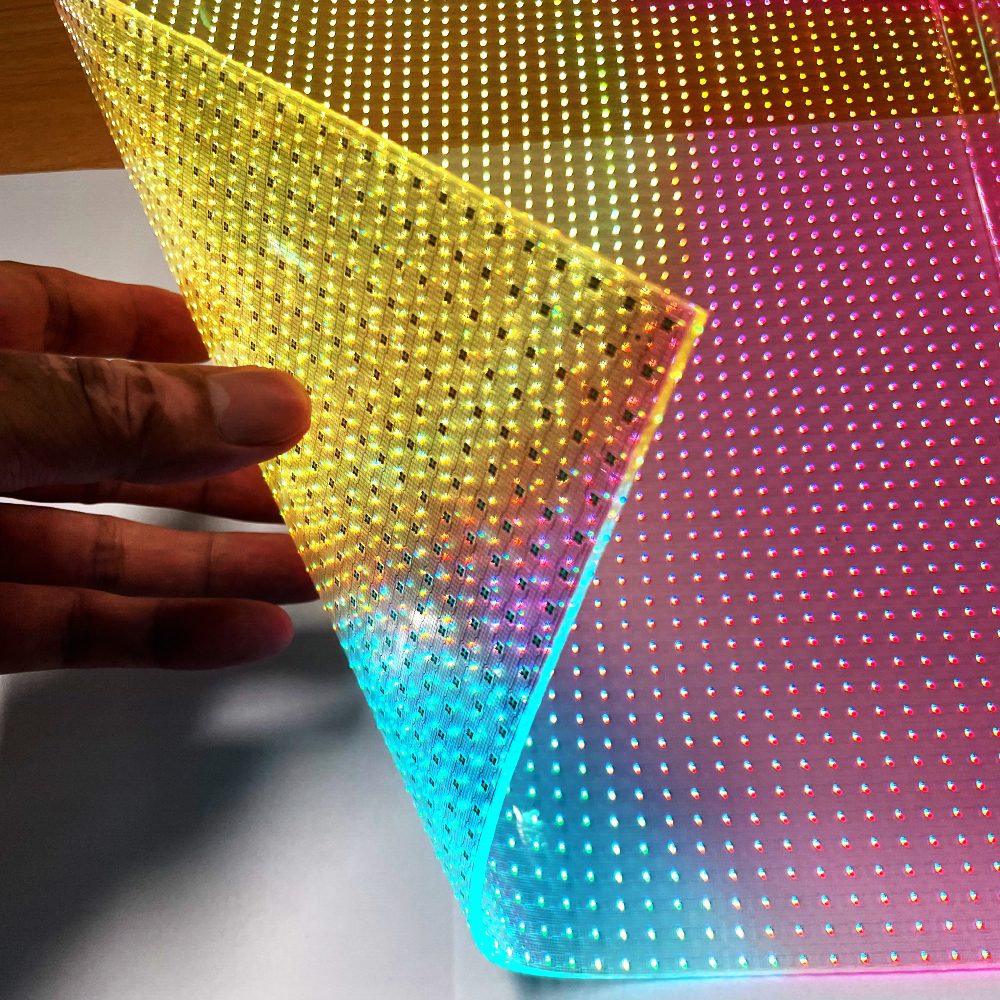
To understand the magic behind the flexible, transparent LED display, you have to look at the technology behind it. Essentially, these displays consist of LED pixels embedded in a flexible, transparent substrate. The pixels emit light, creating a vibrant and visually stunning display.
The flexibility is achieved through the use of advanced materials that allow the display to bend and conform to different shapes without compromising the integrity of the visuals. The transparency, on the other hand, is facilitated by a design that enables light to pass through the display, making it see-through while maintaining the brilliance of the images.
Sophisticated control systems are used to control the screen, allowing precise adjustment of brightness, transparency and content. This technology creates a dynamic screen that adapts to different settings and requirements.
Key Factors and Features to Consider in Choosing a Flexible Transparent LED Display
When venturing into the world of flexible, transparent LED displays, you need to pay attention to certain key factors and features in order to make an informed decision.
1. Flexibility and bending radius:
Evaluate the degree of flexibility the display offers and its minimum bend radius. A higher flexibility quotient allows for more creative and complicated installations.
2. Transparency Levels:
Different displays offer varying levels of transparency. Consider the transparency requirements based on the intended application. For instance, a storefront may require higher transparency compared to an indoor display.
3. Pixel Pitch and Resolution:
Pixel pitch determines the distance between pixels, influencing the display's resolution. A smaller pixel pitch results in higher resolution, crucial for delivering sharp and clear visuals.
4. Contrast Ratio:
The contrast ratio determines the difference between the brightest and darkest parts of the display. A higher contrast ratio enhances the overall visual impact and clarity.
5. Brightness and Viewing Angles:
Consider the display's brightness levels, especially if it will be exposed to varying lighting conditions. Additionally, assess the viewing angles to ensure consistent visibility from different perspectives.
6. Installation and Maintenance:
Evaluate the ease of installation and maintenance. Some displays come with user-friendly features that simplify the installation process and facilitate convenient maintenance.
Application Scenarios of Flexible Transparent LED Display
The versatility of Flexible Transparent LED Displays extends across a spectrum of application scenarios, transforming spaces and interactions in innovative ways.
1. Retail:
In retail, these displays can be used to create captivating storefronts, interactive product displays, and dynamic advertising installations. The transparency allows customers to view products while being engaged with dynamic visuals.
2. Entertainment Venues:
Flexible Transparent LED Displays find their place in entertainment venues, creating immersive stage designs, dynamic backdrops for concerts, and interactive experiences for audiences. The flexibility of these displays allows for unique and attention-grabbing designs.
3. Museums and Exhibitions:
In cultural and educational settings, Flexible Transparent LED Displays can be used to enhance exhibits, provide interactive information displays, and create visually stunning environments that captivate visitors.
4. Corporate Spaces:
Corporate environments benefit from the versatility of these displays for creating modern and dynamic office spaces. From curved video walls in reception areas to transparent displays in meeting rooms, the possibilities are limitless.
5. Hospitality:
In the hospitality industry, Flexible Transparent LED Displays can be integrated into hotel lobbies, restaurants, and event spaces to create memorable and visually appealing experiences for guests.
Summary
In conclusion, the Flexible Transparent LED Display represents a groundbreaking convergence of flexibility and transparency, redefining the possibilities of visual communication. Its ability to seamlessly blend into various environments while delivering vibrant and transparent visuals makes it a sought-after technology in diverse industries.
When considering a Flexible Transparent LED Display, carefully evaluate factors such as flexibility, transparency levels, pixel pitch, contrast ratio, brightness, and viewing angles. These considerations will guide you in selecting a display that aligns with your specific requirements and intended applications.
As technology continues to evolve, the Flexible Transparent LED Display stands as a testament to the limitless potential of human creativity and innovation. Embrace this transformative technology to elevate your visual experiences and bring a new dimension to the way we interact with the digital world. Whether in retail, entertainment, education, corporate spaces, or hospitality, the Flexible Transparent LED Display is set to leave an indelible mark on the future of visual communication.

